Any digital marketer knows that SEO becomes more important than ever before. With the advent of new trends (for example, voice search, mobile-first indexing, AI revolution), you need to take control of your website SEO performance from the very beginning and fix any possible issues to stay afloat today.
But the big problem is that many digital marketers know a lot about SEO, but they don’t have a clear picture of their website SEO. According to this report, 61% of marketers continue checking and improving their SEO performance and organic presence as their top marketing priority. So, if you want to fit into this 61%, it is high time to take SEO seriously and start tracking your progress.
As a savvy marketer, you want to complete more SEO tasks in less time. Whether it’s tracking your rankings or checking how well your web pages are optimized for certain search queries, SEO tools can be a real lifesaver for any marketer.
Fortunately, there are many useful tools available online that help to see your own website the way that Google looks at it and identify the areas that need some improvement.
I hope that these six tools will make your job so much easier to stay ahead of your competition.
1. Check the site load time
Many website owners often underestimate the importance of this parameter or even aren’t aware of it. According to Google researches, the probability of a visitor leaving a website enhances by 90% after 5 seconds after page load. After 6 seconds, bounce likelihood increases by 106%
For small businesses, if your website is slow, then your SEO is going to be poor. This means that you can meet different problems, including Google Rankings drops, high bounce rates, and low sales results.
For big companies like eBay or Walmart, quality content and interesting offers are not quite enough. Time means billions of dollars per second. For example, Amazon pointed out that it could lose $1.6 billion in sales each year due to a page load slowdown of just once second.
Slow site speed impacts your website rankings and requires to make improvements for SEO. In November 2019, Finteza analyzed the waiting time of 850 million users who scrolled 12 billion total pages. Here are some interesting research findings:
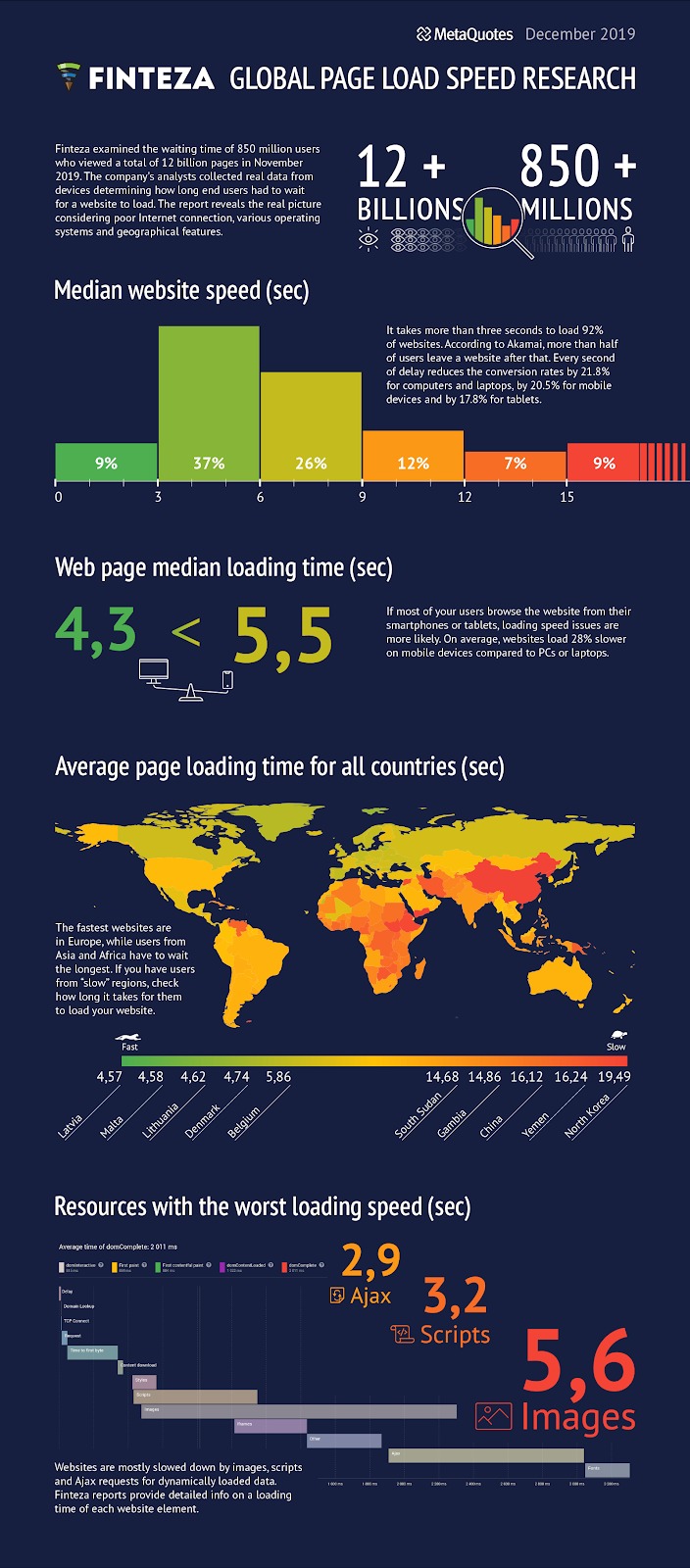
To identify your website loading speed, you can use Finteza to find out real results. It shows how long it takes for your users to access all web page features, how quickly they can download your content, what type of resources slow down your webpages the most, and how your website loads on various devices and in various counties.
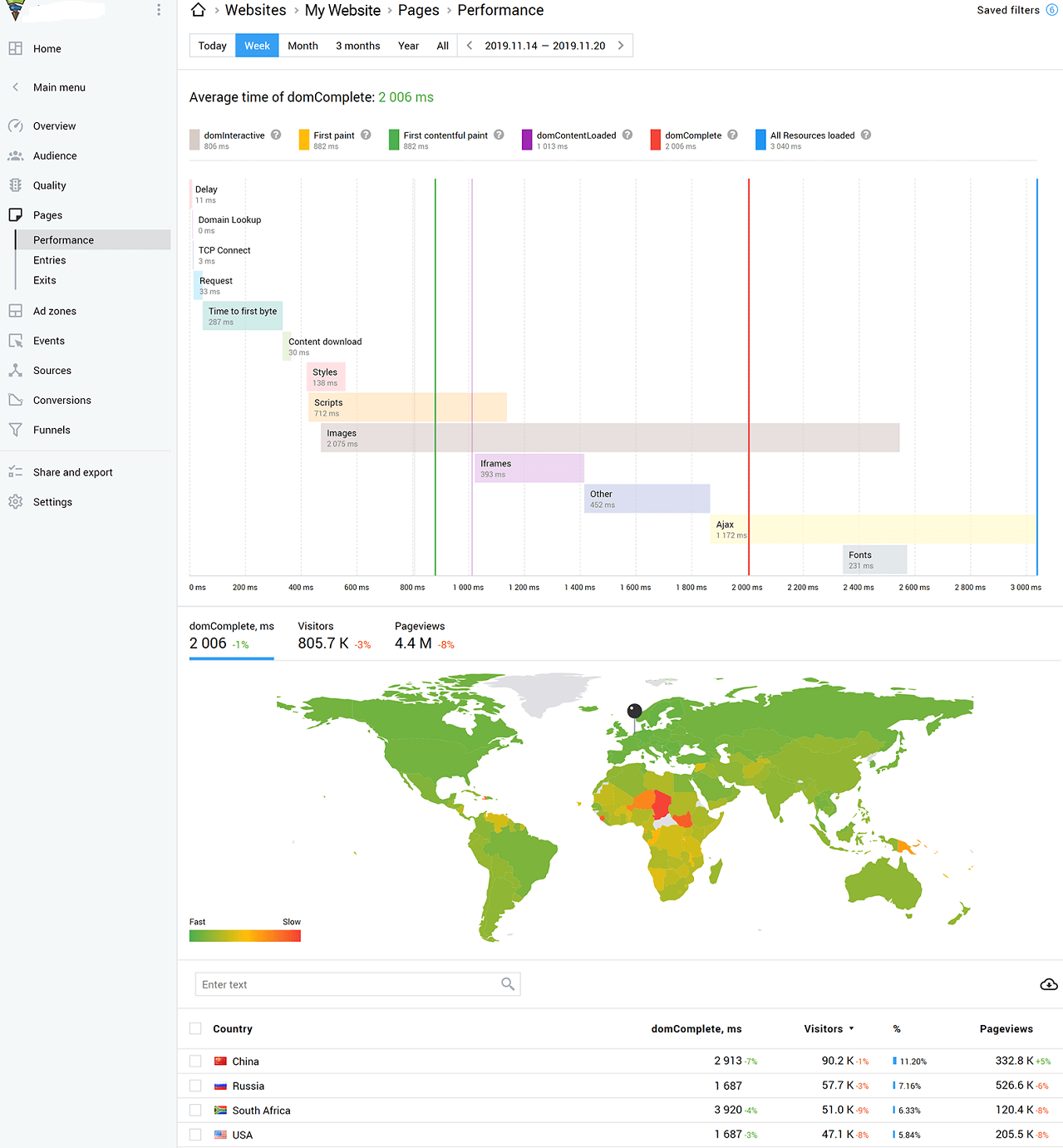
The tool provides real analytical data and reliable diagnostics. It allows you to detect any possible issues and fix them at any time.
2. Track keyword rankings for certain keyword phrases
It’s essential to know how each of your web pages is performing based on keyword phrases to help you increase more traffic. Finding the right keywords, making sure to thoroughly respond to the search query and satisfy the user intent is the best way to long-term SEO success.
Once you know your keyword rankings, you can determine whether you’re on the right track. One of the quickest ways to check the page ranking for a specific keyword is to look in SE Ranking. The software offers different toolkits, one of which is a keyword rank tracker.
The tool allows seeing for what keywords your website page is ranking, keywords’ monthly search volume, KEI, traffic forecast, and visibility rating. You can also compare your page performance to competition, find more profitable keywords, monitor quality backlinks, and get the most out of similar on-page website SEO opportunities.
Together with global rankings, SE Ranking monitors Google SERP features, Map results, and Google Ads positions for different locations and devices.
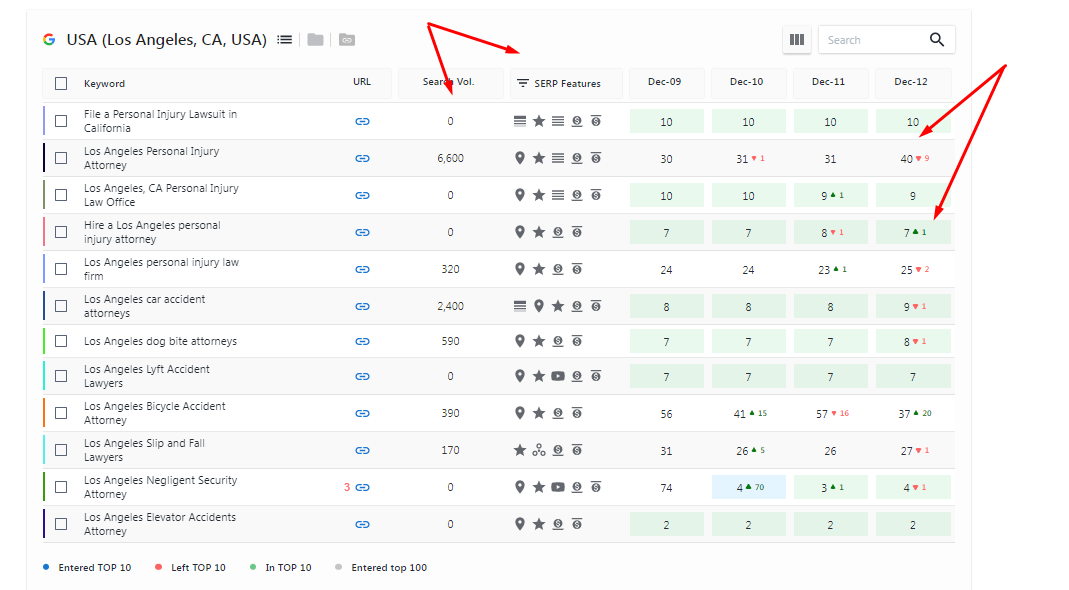
3. Check the mobile-friendliness
In the age of the mobile-first index, mobile-friendliness is a must, not a want. It’s no surprise that mobile users take up the majority share of online users. According to this research, 72.6% of users will access the internet using their mobile devices by 2025, equivalent to almost 3.7 billion people.
It’s important to optimize your website for mobile users as Google still considers mobile-friendliness as one of the most significant ranking factors. Designing for mobile users, make sure to avoid long-scrolls, take into account different devices and screen sizes, and different considerations for surfing on mobile. You can check out Google’s new resource for improving mobile experiences. To check if your site is mobile-friendly, Varvy has the answer. It’s a great tool for website owners to test your site within seconds and see their websites’ performance. The tool is free of charge so you need to enter URL to start using it.
Through this process, it will come with recommendations and guidelines on how users can improve the mobile-friendliness of your website and increase mobile rankings. Besides, Varvy offers a bunch of other useful features, including page speed optimization, page security, paid links finder, search engine optimization, and many more.
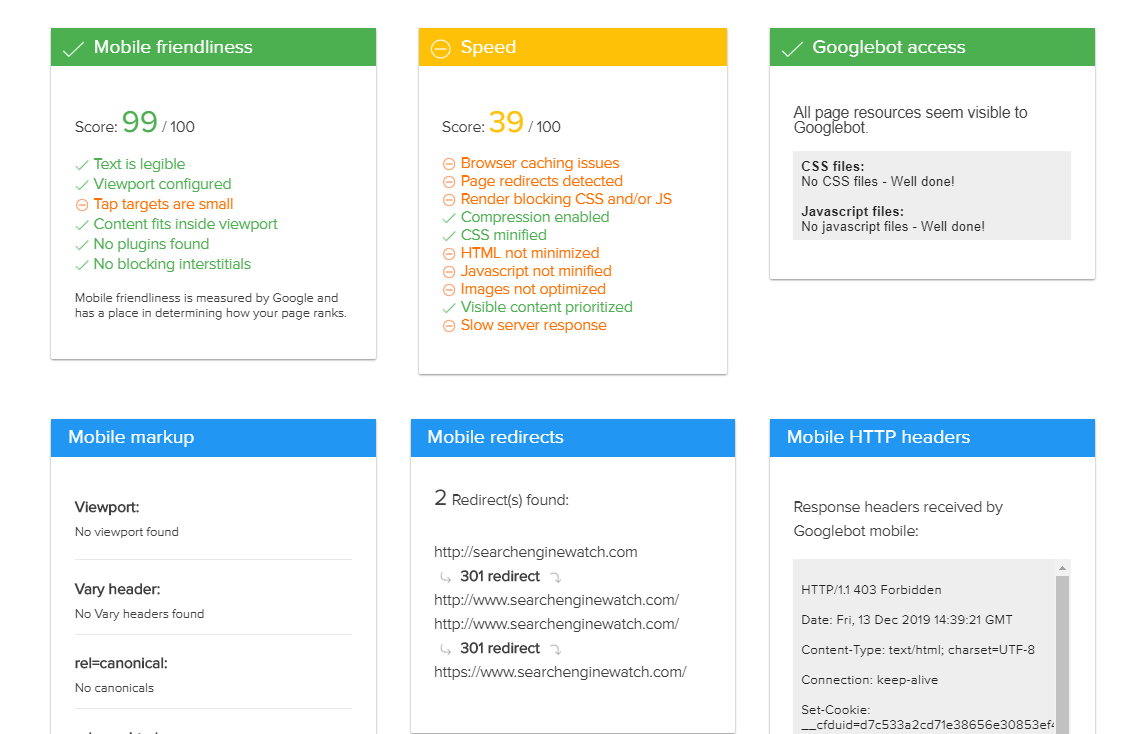
4. Check the technical structure
How do you think? What makes a successful website? The quality content, visual and functional appeal of your website, backlink profiles, keyword research, good navigation, and many other things. But the one thing they all have in common: their technical structure. It affects your keyword rankings and user engagement.
As Marc Robles pointed out on the LawRank blog, technical SEO helps build your solid foundation and forms a hierarchy. If you don’t want to crumble your house, you need to fulfill each level of the hierarchy of technical SEO needs (URL’s crawlability, indexability, accessibility for bots and users, rankability and clickability).
To better understand how your technical SEO performs, you can use HubSpot’s Website Grader. It’s a free tool that helps website owners detect search engine optimization opportunities. The tool builds personalized reports based on website performance, on-page SEO, mobile, and security.
You just need to enter your URL and email to get a score (1-100) and a detailed report. The tool also comes up with actionable recommendations and guidelines on how to increase your website grade. To better direct your SEO efforts, HubSpot offers a bunch of paid SEO tools.
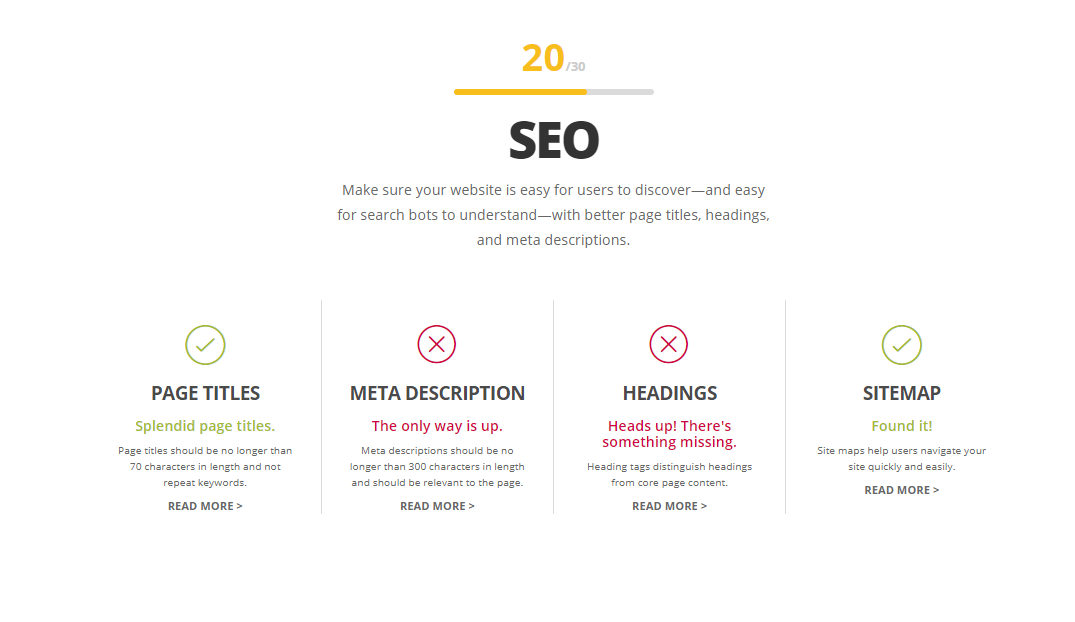
5. Check content relevance
Creating awesome content is not enough to generate traffic from search engines and rank high for your target keywords. It’s important to understand user content and use it to improve your SEO. As Ahrefs pointed out in the study, 91% of online content gets zero traffic from Google.
To do this, you need to create the right content that resonates with your target audience, optimize it for relevance, and publish it where you want to see it. We’ve already viewed some of the advantages it can offer using the knowledge graph, answer boxes, local packs, and other different search results for broad matched keywords.
If you don’t optimize your content for user intent, it can get devalued. Ensure to better understand the intent of target keywords, perform the SERP analysis of these keywords, figure out what type of content is ranking well, research semantically related keywords, answer all questions users may have, and optimize content for these terms.
According to this HubSpot study, content with a word count between 2250 and 2500 words generates the most organic traffic. So, creating long-form content can be valuable for SEO and can help you become a thought leader in your niche.
To receive valuable data about questions people may ask online, I recommend a nifty free tool called ‘Answer the Public’. It provides popular keyword variations based on search queries and visualizes an awesome graphic with questions and phrases people often use when searching for that keyword. To get unlimited searches, you can learn more about the Pro plan.
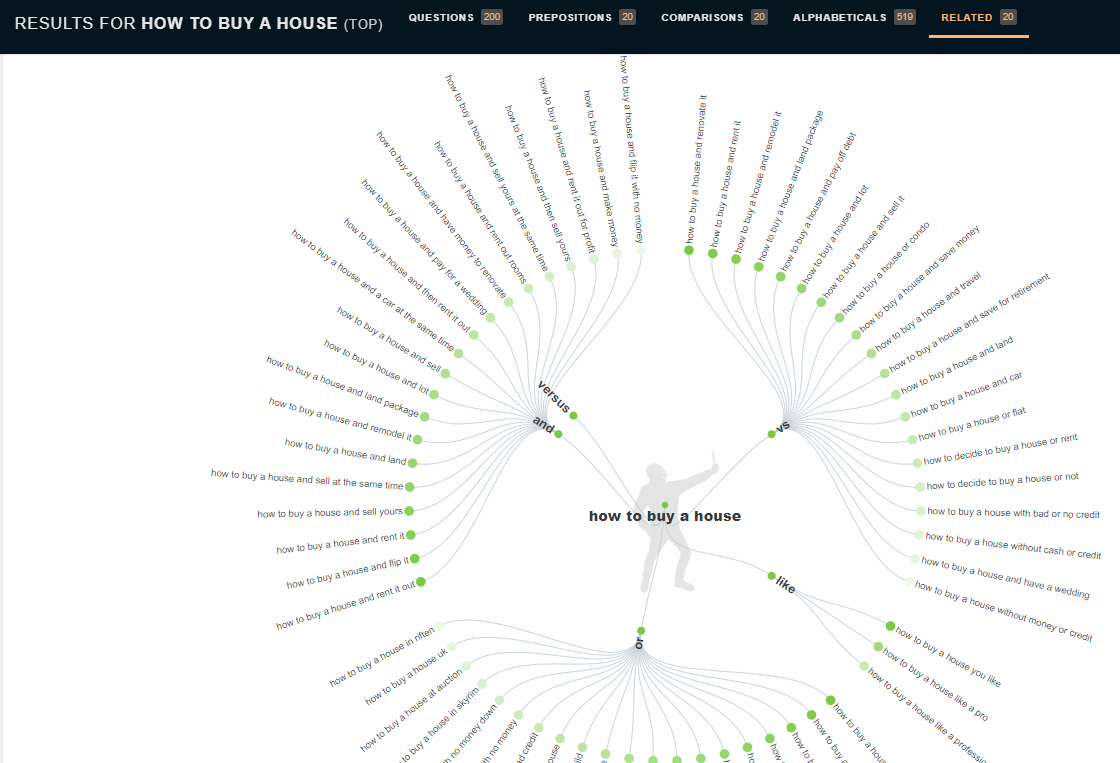
6. Audit internal links
Internal linking is crucial from different SEO perspectives. Internal links open the doors that allow you to move from one room to another room. But once a website grows older, it becomes difficult to keep a solid interlinking structure and maintain consistency through your website.
As John Mueller pointed out, the way your web pages are interlinked helps Google understand how your pages are related and its roles. Choose the optimal type of structure that greatly meets your business needs.
To make sure that your links on a web page work, you can consider Check My Links. It’s a cool Chrome Extension to crawl through the web page and detect which ones are valid and which ones are broken. The tool highlights good links in green and bad links in red to make it easy to spot and take immediate measures to fix them.
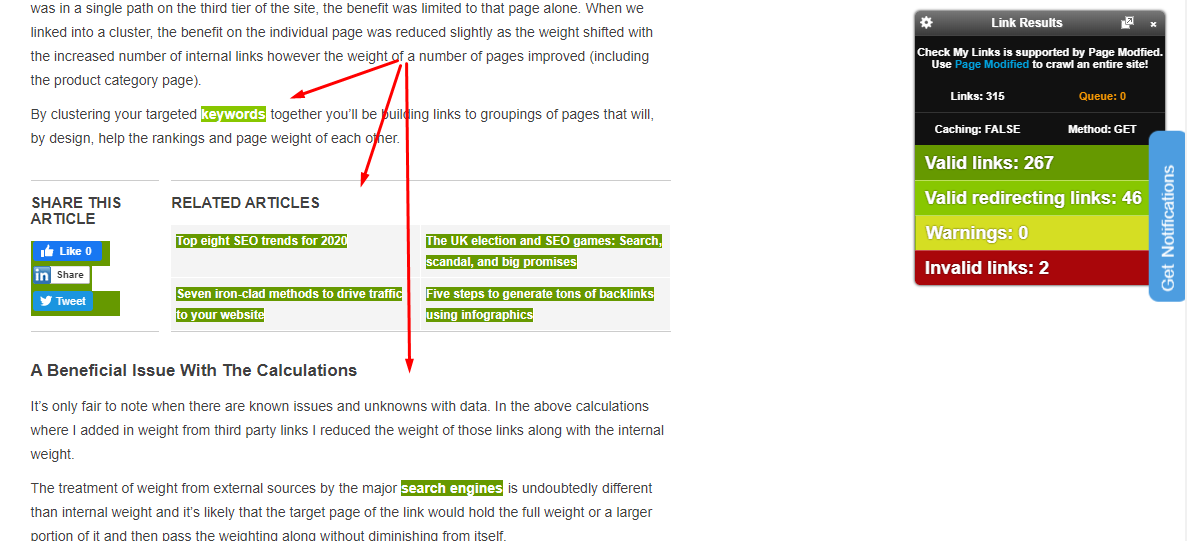
Bottom Line
I haven’t mentioned every element of SEO, but this should be key areas to check your website’s SEO. Along with the right tools, you can look at it from a more holistic point of view, survive and outsmart changing algorithms. Here I’ve collected six tools that offer a lot of useful features and can reach remarkable results when used properly. Whichever tool you choose, make sure to maximize all the value you can get from it.
The post Six tools to quickly check website SEO appeared first on Search Engine Watch.
from Search Engine Watch https://ift.tt/2YWtkeV

No comments:
Post a Comment